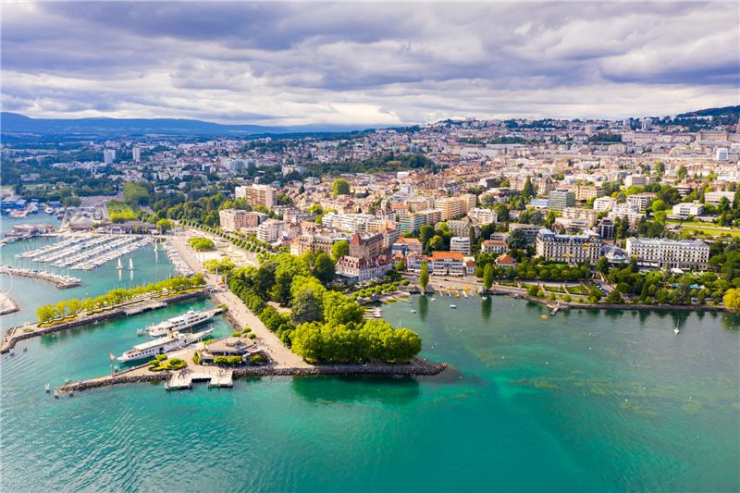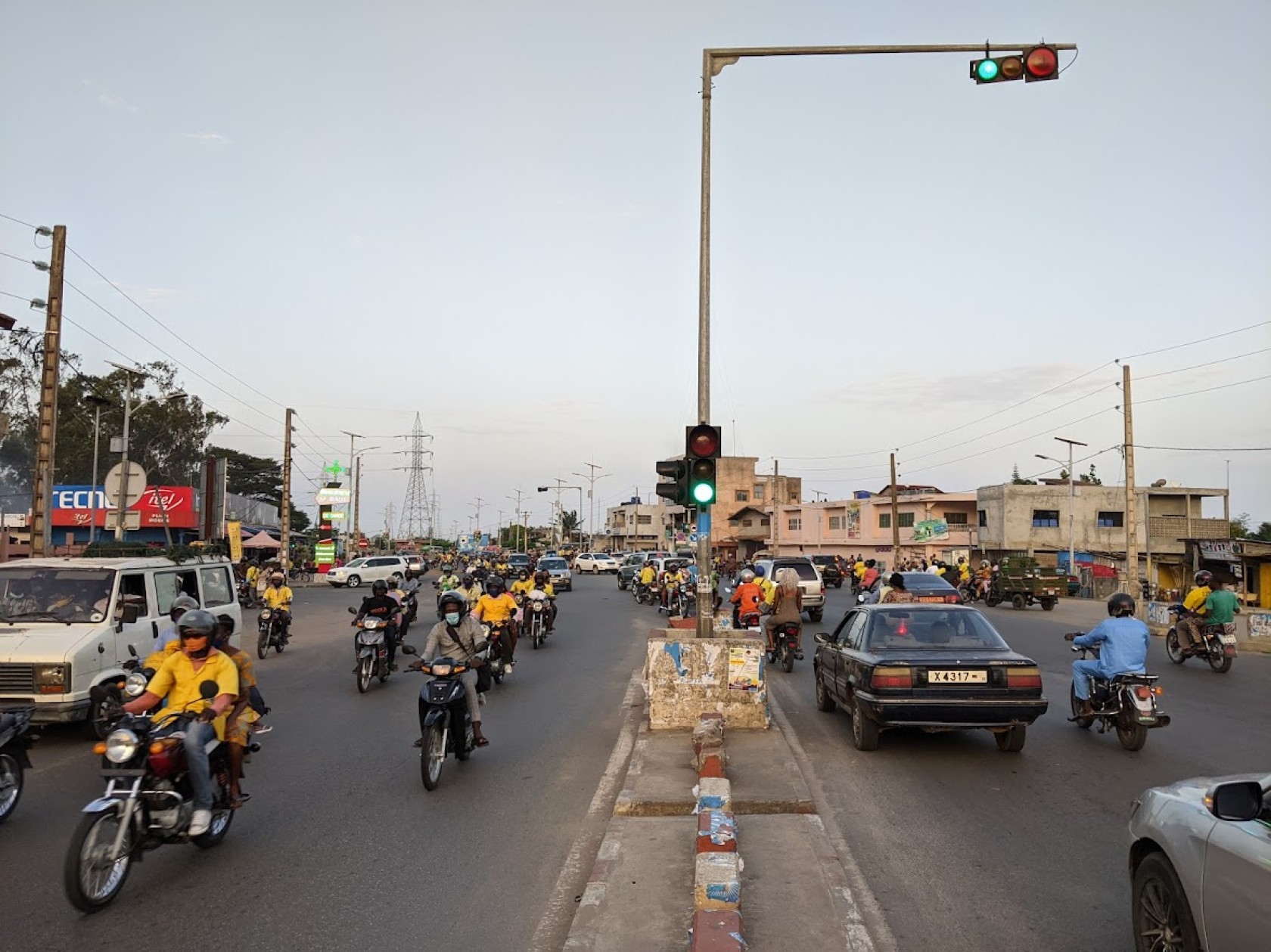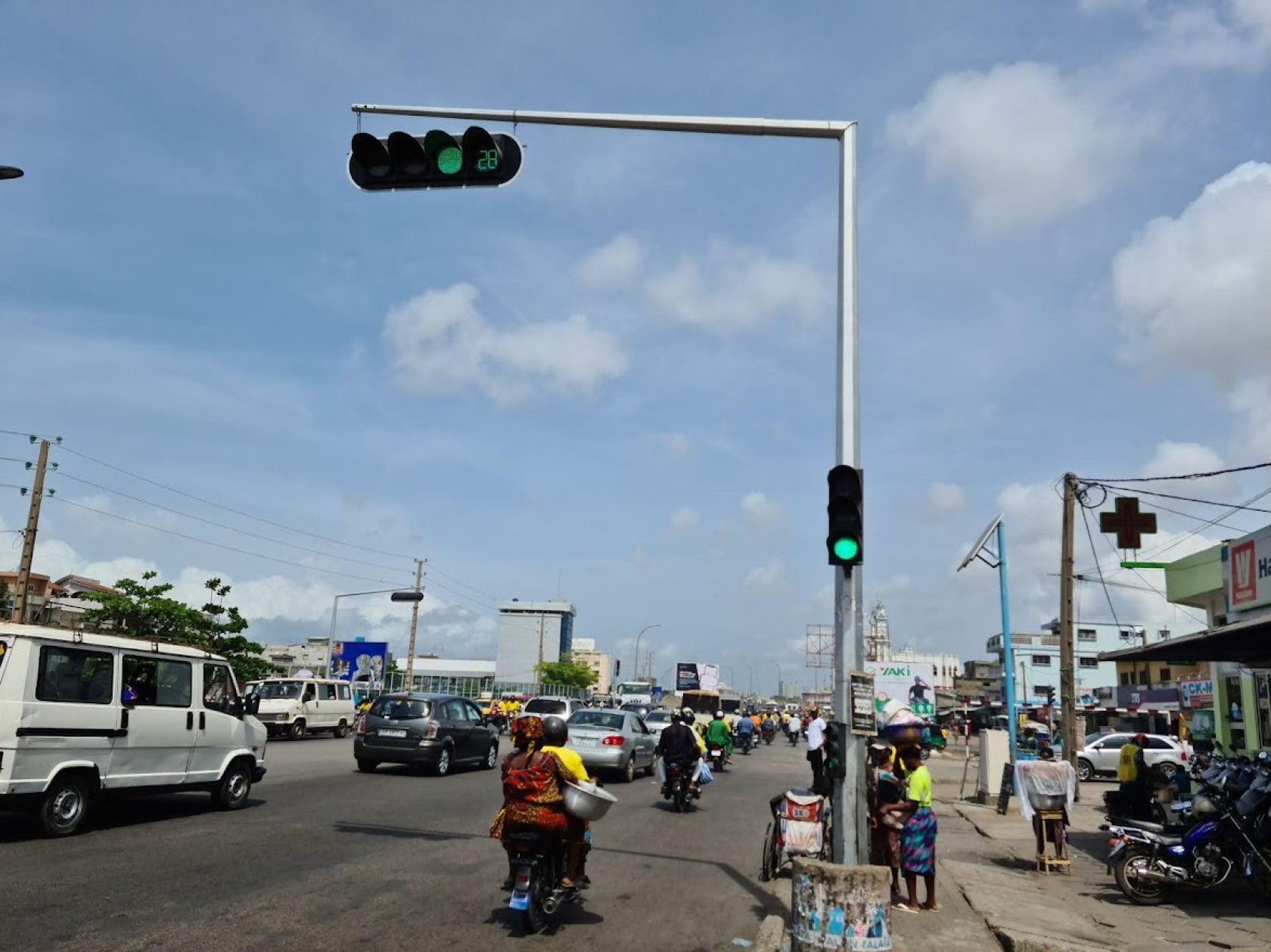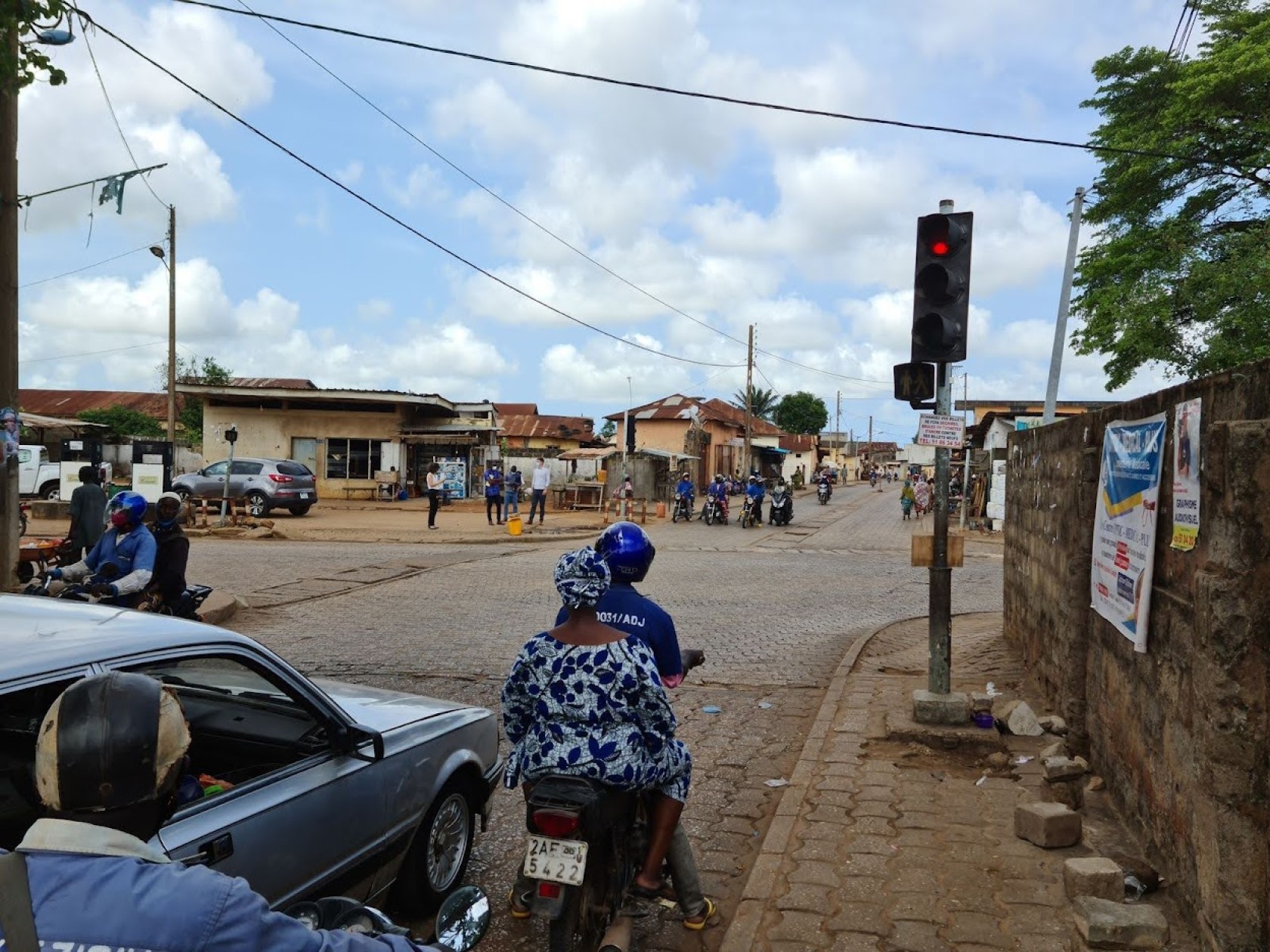Greater Nokoué (Benin) invests in traffic regulation
The Greater Nokoué metropolitan area includes the economic capital of Benin, Cotonou, the administrative capital, Porto-Novo, and two residential communes: Abomey-Calavi and Sèmè-Podji. In this urban area of 2.5 million inhabitants, which accounts for a third of Benin's GDP, traffic - dominated by motorised two-wheelers - is growing rapidly. The Liveability Agency has launched a regulation project to ease traffic and improve road safety.
The Liveability Agency (Agence du Cadre de Vie), an entity under the Beninese Ministry of the Environment and Sustainable Development, has launched a traffic regulation study in the metropolis of Greater Nokoué. This agglomeration, which extends around Nokoué Lake, has 2.5 million inhabitants and is experiencing strong demographic growth. It includes the economic capital, Cotonou, the administrative capital, Porto-Novo, and two residential communes: Abomey-Calavi and Sèmè-Podji.
Faced with a
strong growth in traffic - due particularly to the acquisition of motorised
two-wheelers by households - which leads to chronic congestion, the Agence du
Cadre de Vie (Liveability Agency) has launched a traffic regulation project to
improve traffic flow and the safety of road users. This project accompanies the
asphalting plan launched by the Beninese government, which in its first phase
allowed 200 km of urban roads to be asphalted (in the commune of Cotonou, only
14% of the roads are paved).
This project, which began in April 2021, also aims to improve the reliability and robustness of the systems. It has two components:
- A study on the organisation of traffic through the management of intersections.
- The
implementation of a central traffic control center (TCC)
For this mission, Transitec joined forces with CeRyX Trafic System for the study of the central station and Seat Consult, a local partner.
After a diagnosis including an important survey, an analysis of the network and the operation of the intersections (the territory currently has about a hundred intersections with traffic lights, and 25 structural intersections are studied in detail), workshops with the local actors made it possible to launch a framing phase. A next phase of scenarios should make it possible to define the regulation strategy to be implemented on the one hand and the architecture of the TCC on the other. At the end of the year, this study phase will lead to the establishment of the TCC's specifications. In its operational phase, the consortium will support the implementation of the TCC and the implementation of measures to improve road intersections.
Contact

Lausanne
Avenue Auguste-Tissot 4
1006 Lausanne
Switzerland
+41 21 652 55 55


